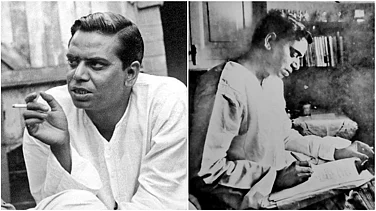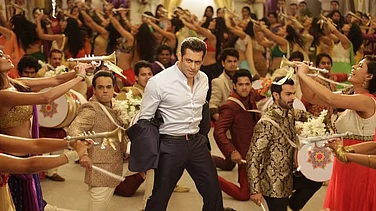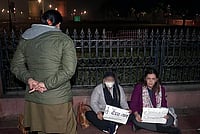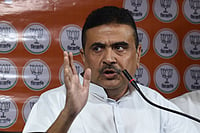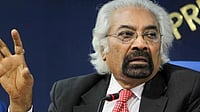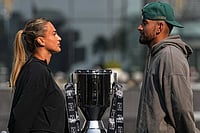
| From paradise The Bay tree Egg, 1911 |
The most glorious and whimsical of these were the Imperial Easter Eggs, gifted annually by Tsar Alexander III and his son Nicholas II, to their wives—Empresses Maria Feodorovna and Alexandra Feodorovna. Between 1885 and 1916, 50 of these increasingly ornate eggs were made, each containing a circumstance-specific "surprise" designed to disarm and delight its recipient.
The showstopper is the much-celebrated Coronation Easter Egg, gifted to Empress Alexandra in 1897. It contains a miniature replica, in glittering gem-encrusted gold, of the sumptuous coach of Catherine the Great, which carried Alexandra to her coronation the previous year. The 1894 Renaissance Easter egg, the last gift from Tsar Alexander III to his beloved consort 'Minnie' before he died in her arms later that year, is a fabulous confection of translucent bluish agate, rose-cut diamonds, pearls and rubies. The intricately wrought Bay tree Egg, a gift from Tsar Nicholas II to his widowed mother in 1911, depicts a little singing bird of paradise with natural feathers, perched atop a tree with glittering leaves of Birbaum jade and sparkling fruits of amethyst and citrine.
Meanwhile, as the years on the display cases draw ominously near to 1917, it's hard not to suppress a shudder at the thought of the Tsarist regime brought to its knees by Lenin and his Bolsheviks. And in 1918, the last Tsar and his family—long ensconced in their cocoon of gracious cosmopolitan sophistication—were taken to the Urals, and shot dead.
Today, Faberge eggs symbolise a vanished way of life to nostalgists and historians; coveted class-prestige to Russian oligarchs; and, to everyone, the perfectionism and unparalleled craftsmanship of master jeweller Carl Faberge.
Due to their irreplaceable worth—they are valued at $26 million—bringing them to India was a no less formidable feat. Intended as the grand finale to the Year of Indo-Russian Friendship, it took the Indian Council for Cultural Relations (ICCR) nearly two years to pull off. "This was an ambitious goal," admits ICCR director-general Pavan K. Verma. "Due to its price, there were security concerns—that's why we're exhibiting in this gallery in the very secure National Museum. We also had to tie up the insurance, and arrange for the safe transport of these priceless objects from museums in London, St Petersburg, and Moscow."








